Let’s Talk Bedding!
- Sal Salafia

- Apr 21
- 3 min read
Updated: Jun 26

After having raised literally thousands of birds in the Rochester area, few people in our territory have tested out needing more than I have. Today, we are going to discuss the different options that are used in Aviculture and the pros and cons of each!
To determine which you may want to use, let’s first discuss what you are trying to get out of a good bedding. The bedding SHOULD be made so you can easily see your bird’s droppings. Why? Simply put, a lot is told about your bird’s health by its waste. Second, certain bedding is prone to mold more, some may be dusty, which is bad for birds, and some can have aromatic qualities you don’t want in your bird cage. There is a lot to consider about bedding!
Pine and Aspen Bedding
Pros: These beddings are great to raise young chicks on. Its soft quality is very desirable. Not aromatic like cedar bedding is.
Cons: bedding can be processed differently, you might find one that has less dust. I often say the large flakes are less dusty because they are processed so small. Further, this bedding must be watched after. You CAN lose a bird to impaction, and these beddings can be dangerous to large baby birds, for example, who are learning to eat solids and can get confused.
Cedar Wood Bedding
Pros- soft like the others above; however, it should not be used.
Cons: These are more aromatic and should not be used.
Bath towels
Pros: these are soft, they let you see the droppings, and can be washed for reuse
Con: These must be pre-washed and shaken out prior to putting them in a washing machine, as they can damage your machine.

Newspaper
Pros: This has been a favorite for Aviculturists for years. They are cheap and easy to dispose of.
Cons: The ink can discolor your cage if they are wet.
Puppy pads
Don’t use these- they often have chemicals to deodorize and to attract puppies to use them. These are very harmful to the birds' respiratory system.

Horse pellet bedding
Pros: These are often used because they are built out of Alfalfa that is compressed, which is a benign material. They are easy to spot clean.
Cons: when wet, they can mold, they break down and get messy when wet, and they get very heavy when wet. Can’t see the droppings easily with this bedding.
Corn bedding
Pros: They can be spot cleaned. They are less likely to cause impaction if swallowed. Cons: they can be dusty, they can get moldy, and they are a very heavy substrate.
Walnut-shaved bedding
Pros: These are a favorite for a lot of people because they can be easily spot cleaned, and because of how well processed they often are, they are not easy to get impacted. They are also a less dusty bedding. They also tend not to fly about when a bird flies in a cage because it’s a sturdier substrate.
Cons: if left to get wet for too long, they can likely cause mildew, though I’ve yet to have an occurrence of that.
As you can see, no bedding is foolproof. All require monitoring, and all have their pros and cons. A lot has to do with what you are trying to use the bedding for. My staff and I are always here to help educate you and help you decide. Often, the best practice is good old “trial and error!” Everyone’s tolerance for mess is different, so we believe it’s a personal decision.

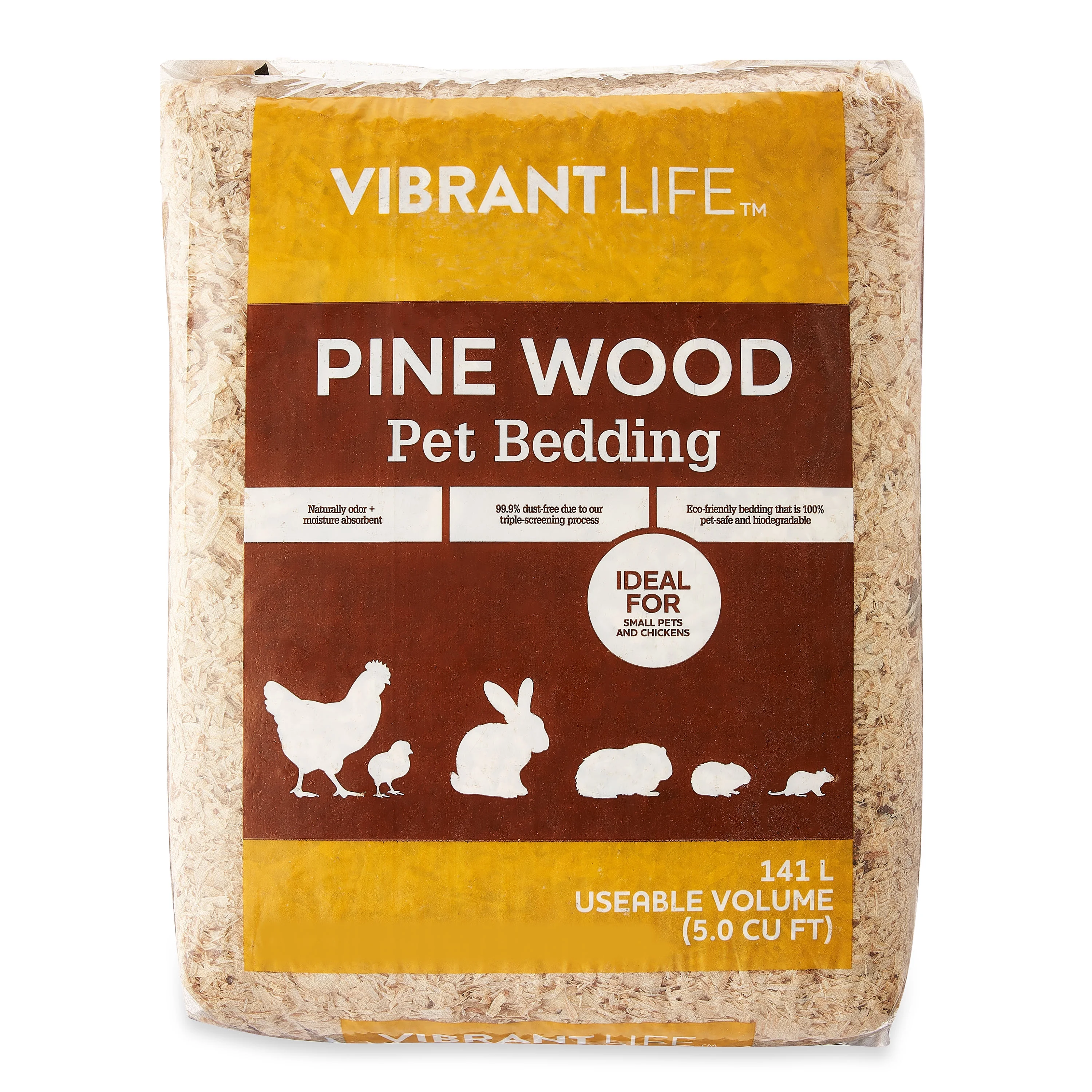
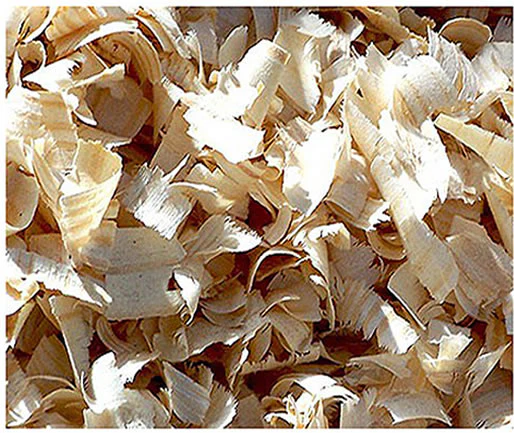







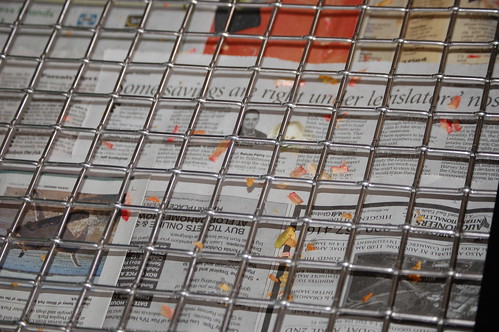
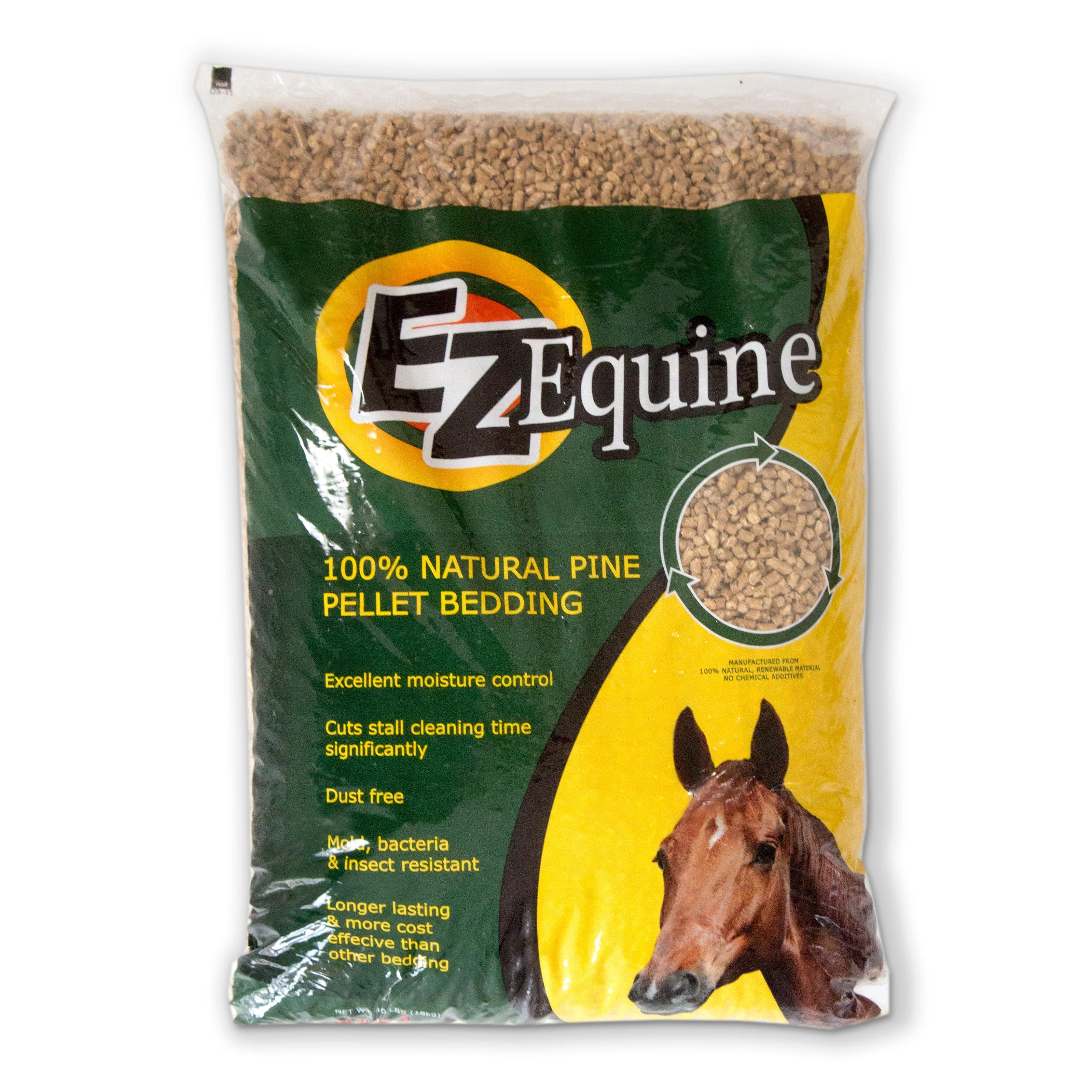





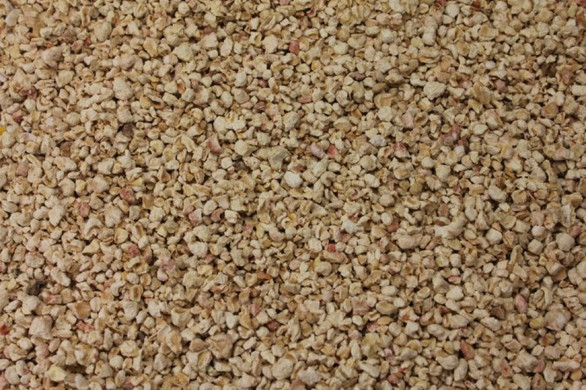






Comments